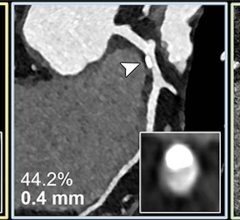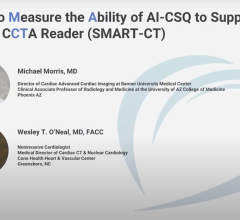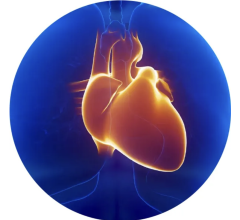September 12, 2011 – For the eighth consecutive year, the vacancy rate for radiographers has dropped and now stands at 2 percent, according to data presented in the ASRT Radiologic Sciences Workplace Survey 2011.
The vacancy rate represents the number of positions that are open and actively being recruited. The radiographer vacancy rate this year closely matched the 2.1 percent rate reported in the 2010 ASRT staffing survey; however, the rate has steadily dropped from 10.3 percent as reported in ASRT’s first staffing survey in 2003.
“The steady decline in vacancy rates is a strong indicator that the job market for radiologic technologists continues to be slow,” said ASRT Chief Academic Officer Myke Kudlas, M.Ed., R.T.(R)(QM). “The tight market also can be seen in the vacancy rates for other medical imaging disciplines.”
Between 2003 and 2011, ASRT data show that vacancy rates for a number of medical imaging disciplines or specialties have declined:
- Computed tomography (CT) technologists, from 8.5 percent to 2 percent.
- Magnetic resonance (MR) technologists, from 9 percent to 2.5 percent.
- Mammographers, from 7.2 percent to 1.7 percent.
- Nuclear medicine technologists, from 10.9 percent to 1.4 percent.
- Cardiovascular-interventional technologists, from 14.6 percent to 3.5 percent.
- Sonographers, from 11.7 percent to 3.4 percent.
In addition to the dip in vacancy rates for radiographers, the 2011 survey shows that the average number of full-time radiographers per medical imaging facility dropped from 10.6 in 2010 to 9.3 in 2011.
On the other hand, the average number of full-time CT technologists per facility jumped from 5 in 2010 to 5.6 in 2011. The number of full-time technologists working in MR, mammography, nuclear medicine and sonography also rose slightly per facility from 2010 to 2011.
“It’s difficult to pinpoint exactly what’s causing the decline in the number of full-time radiographers, but it might indicate a shift in the percentage of advanced diagnostic imaging procedures that are being performed in facilities,” said Kudlas.
In addition to staffing and vacancy rates, the report highlights information about facility exam levels, the impact of technology on the profession, staff clinical skills and daily practice.
For example, the study revealed that the average medical imaging facility has 4.4 X-ray machines and examines 19,905 patients each year. In comparison, there are an average of 1.9 CT scanners per facility and the department sees 11,198 CT patients annually.
An interesting statistic highlighted in the survey is the high percentage of mammography departments that use digital imaging equipment. On average, 84.2 percent of mammography departments report having digital imaging units, compared to only 15.8 percent using plain film.
“Our goal with the workplace survey is to provide facility managers with solid data that they can use to see how their facilities match up against peer facilities in terms of personnel and equipment,” added Kudlas. “Also, the survey provides a comprehensive snapshot of the medical imaging environment, so the entire radiologic science community has a clear understanding of where technologists are working and what kind of specialties and disciplines they’re working in.”
For more information: www.asrt.org


 April 22, 2024
April 22, 2024 








